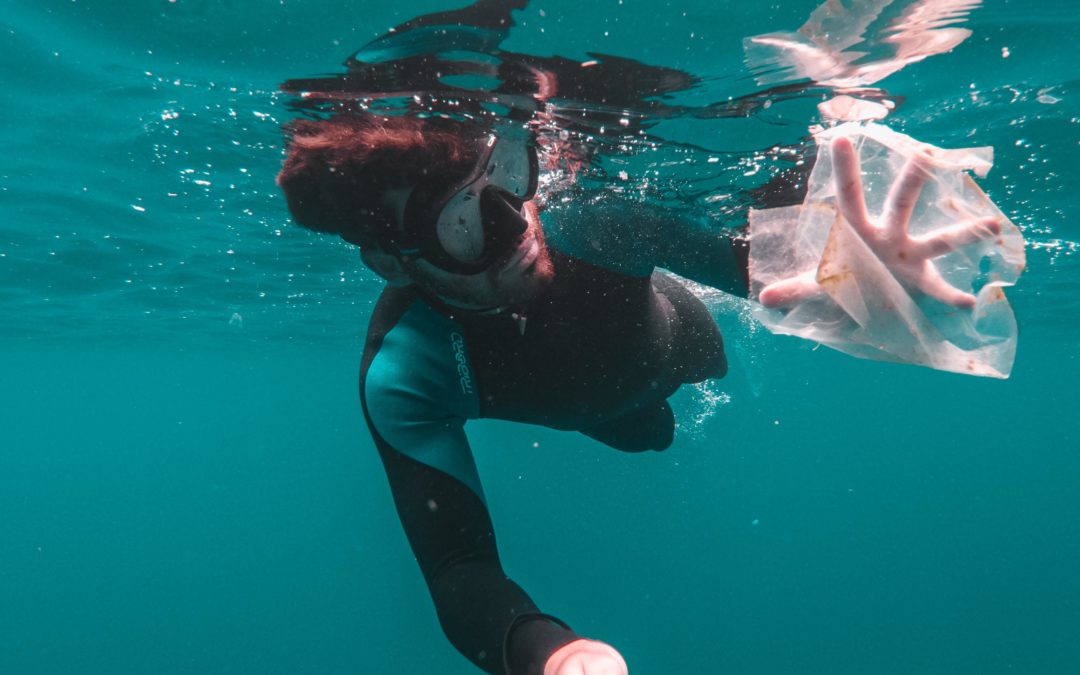Currently, there are over 1.8 million pieces of trash floating in the Pacific Ocean. The majority of this trash gets stuck in the Great Pacific Garbage Patch, also known as the Pacific Trash Vortex. The amount of waste in this garbage patch is constantly growing because the majority of it isn’t biodegradable. Therefore, the issue of ocean waste is a growing problem, continuously harming the ocean wildlife and any humans who come near it.
However, thanks to a new invention, there’s hope for the future of ocean waste. A floating boom system was created by a nonprofit group called The Ocean Cleanup. They first began operations in 2013 with a goal to develop advanced technologies to remove the large amounts of ocean waste. Using this new system, they were able to begin the largest ocean cleanup process to date.
What is the Process?
This cleaning technology was created using a floater system that’s just under 2,000 feet long with a skirt that goes 10 feet below the water. The floater rests above the water enough so that trash can’t pass over it, and the skirt prevents trash from slipping under it. However, the skirt is only 10 feet deep to allow enough space for fish to swim under it.
The system forms a u-shape to trap garbage in it as it moves. The skirt is shorter on the edges and longer in the middle to best capture the plastic and keep it within the floater’s boundaries. It utilizes the wind, waves, and current to move around and capture as much debris as possible. As the wind changes, the system can readjust itself to continue drifting properly.
It’s designed to automatically drift toward the areas with the highest amounts of plastic and debris. It’s also equipped with lights, anti-collision systems, and satellite antennas to prevent any accidents from happening. Because of this, the system can constantly gain information about its performance and location.
Occasionally, a boat will come out to collect the waste that the floater gathered, sort of like a garbage truck for the ocean. Any plastic collected in the process is brought to land and recycled. With multiple booms working at the same time, the Ocean Cleanup predicted that half the waste would be cleaned up in the first 5 years. Each boom was built to trap up to 150,000 pounds of plastic each year, which is why it’s considered the world’s largest ocean cleanup.
The Next Steps
After testing this system for about 3 months, the organization found that it wasn’t successfully collecting as much waste as they’d hoped. However, it’s still in beta, so they can learn from their mistakes to improve the final product.
The system most likely wasn’t picking up much plastic because the floater wasn’t moving fast enough to collect and keep all the waste. It constantly needs to be moving faster than the plastic to successfully collect it, so they might have misjudged the speed of it.
On a more positive note, the skirt seemed to be the ideal length for this project. It didn’t appear to negatively affect the sea creatures at all, meaning that the skirt was the ideal length to both capture waste while still letting fish swim under.
The plan for the improved model is to increase the size and speed of the floater. They want to make it about 25% larger and add force to increase the floater’s speed. Currently, they are continuing to work on this system and improve it so they can clean the ocean as quickly and efficiently as possible. Click here to see the updates on the world’s largest ocean cleanup.
Ocean waste is a significant problem for the world globally, but there are other types of hazardous waste that can occur right in your own business. Hayward Environmental Consulting offers fast and efficient ways to manage your own hazardous waste. Contact us today for a no-obligation quote.

